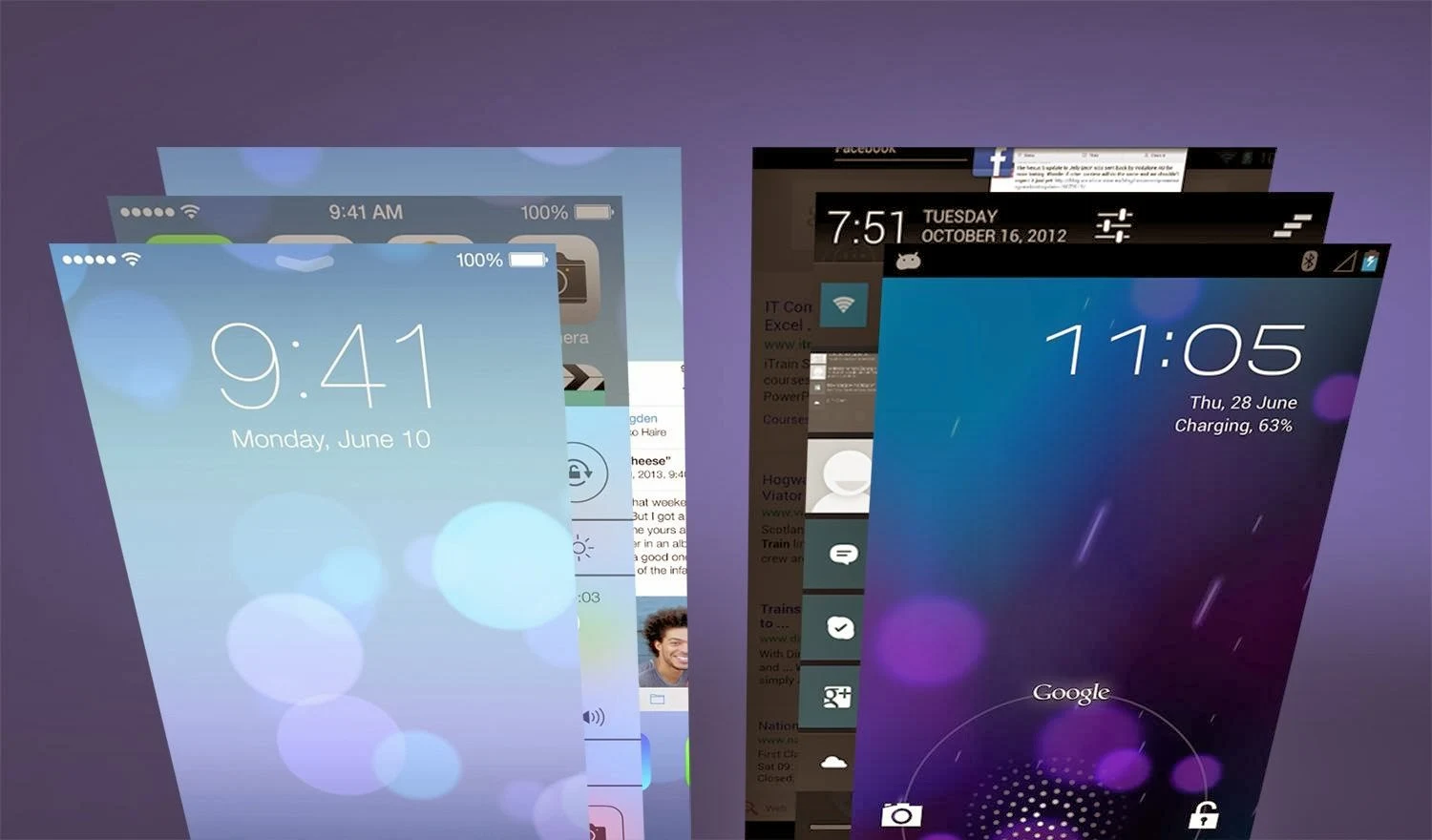Latest India TV reports, that Gmail, the reigning Web based email service has recently added another feather in its cap by adding the first ever app in the Android market which has reached one billion download milestone. Google’s Gmail app has now become the first standalone smartphone app which has passed the one billion installations on Android devices.
The apps download tally counts the overall number of unique accounts, with the exception of total number of downloads and devices using the app and according to Android Police, the number probably includes some abandoned as well as duplicate accounts. Earlier around 2012, Gmail had around 425 million active monthly users, which has now increased with the entry of the Android and according to AppBrain site; Gmail had reached the halfway billion mark way back in June 2013.
Gmail – Celebrating 2 Year Anniversary
With the mounting demand of Gmail app together with other Google Play apps have attributed to the demands of Android in which most of the tools are installed through default on Android 2.2 and above, on every certified Android operating device. The mobile platform has been efficient in achieving this target.
Gmail, it is said will be celebrating its 2 year anniversary as one of the most widely used email service by next month which just shows how big Google’s role has been in contributing to the mobile industry. The app was installed on all Google Android devices as a part of Google’s licensing covering most of the Android software powered smartphones, tablets and other devices that are available everywhere with the exception of China and is updated automatically when connected to the Google Play store.
Outfit 7’s Range of Talking Friends/Angry Birds
The milestone was crossed somewhere last week as announced by Google’s head of Android, Sundar Pichai and the Google Play store ranks the apps by downloads done in different ranges and Gmail Android app ticked over to the one to five billion bracket.Severalgroups of apps namely Outfit 7’s range of Talking Friends apps, though have already passed the one billion downloads milestone, not a single individual app has been downloaded one billion times on its own before this.
The Angry Birds collections of games however had broken the one billion downloads in the year 2012. Gmail’s one billion downloads strengthens data on how many Google powered Android devices are sold, with Google’s executive stating that more than a billion Android device activation had been passed last year.
Google+/YouTube/Chrome/Maps
This implies how important Google’s agreements are to have their apps installed by default in fuelling download as well as encouraging users of its services. Manufacturers do not have access to Google‘s Play Store without installation of the Google’s suite of apps and putting them in a prominent position.
Some of the other Google apps are Google+, Chrome, YouTube and Maps though they all remain under the one billion app install barrier and Chrome has been listed as being installed less than 500,000 as per the Play Store. Gmail has been part of the defaultinstallation ever since Google introduced Android in the year 2009.








